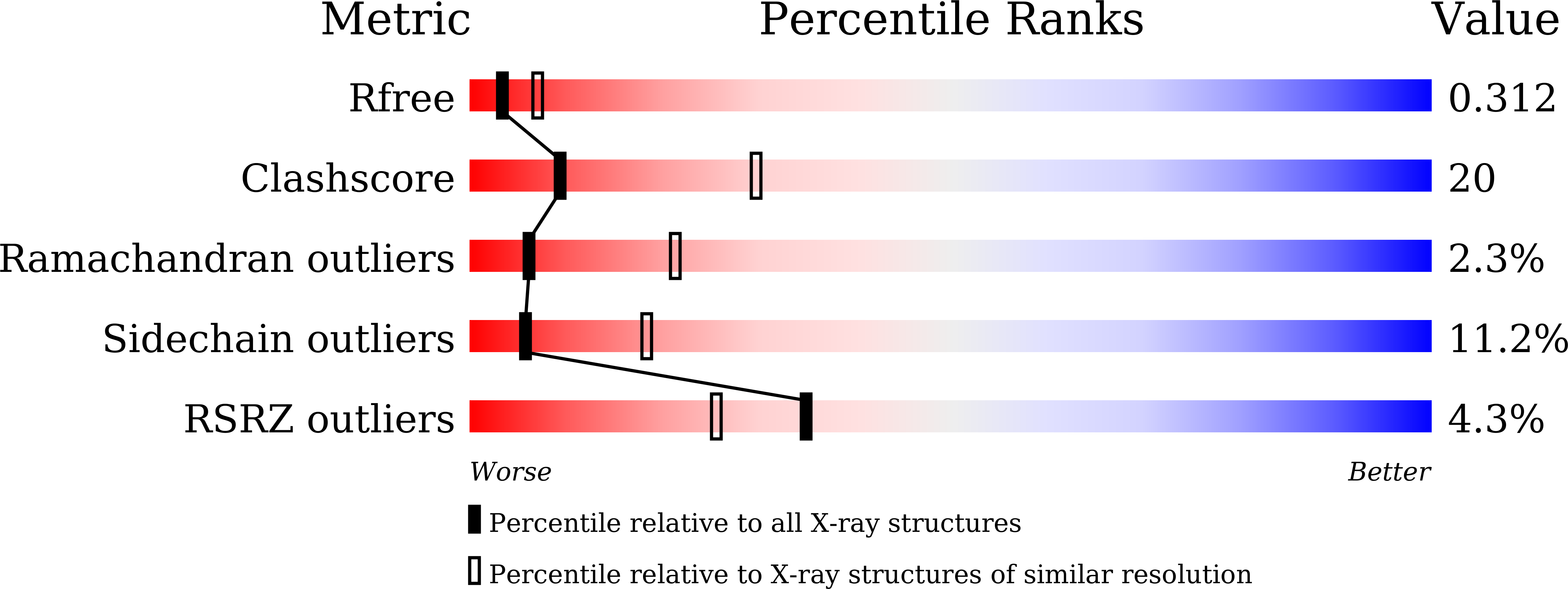
Deposition Date
2021-01-20
Release Date
2022-04-27
Last Version Date
2024-10-30
Entry Detail
PDB ID:
7DXQ
Keywords:
Title:
Crystal Structure of Cyanobacterial Circadian Clock Protein KaiC
Biological Source:
Source Organism:
Host Organism:
Method Details:
Experimental Method:
Resolution:
2.80 Å
R-Value Free:
0.31
R-Value Work:
0.24
R-Value Observed:
0.25
Space Group:
P 21 21 21


